Search results for 'red pigment'
-
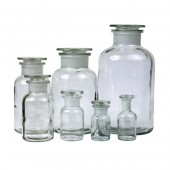
Reagent Jar
Starting at: £6.50
-
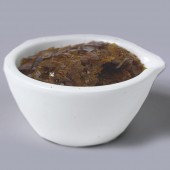
Lemon Shellac
Starting at: £8.20
-
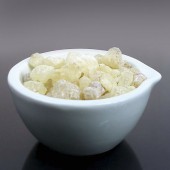
Gum Damar
Starting at: £10.00
-
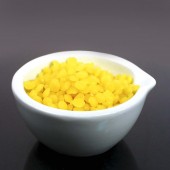
Natural Beeswax
Starting at: £11.20
-
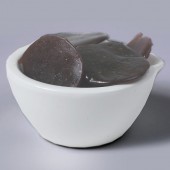
Button Shellac
Starting at: £8.40
-

Cornelissen Virtual Gift Voucher
£25.00 -
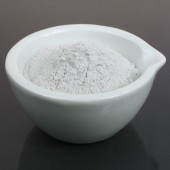
Pumice Powder
Starting at: £5.70
-
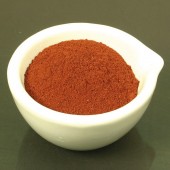
Dragon's Blood Powder
Starting at: £28.10
-
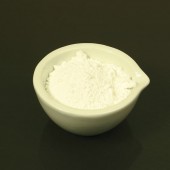
Alumina Hydrate Light
Starting at: £8.30
-
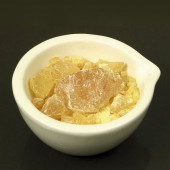
Colophony
Starting at: £7.30
-
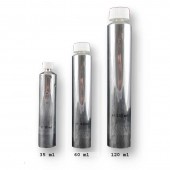
Empty Aluminium Tubes
Starting at: £1.05
-
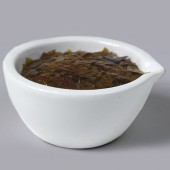
Orange Shellac
Starting at: £8.00
-
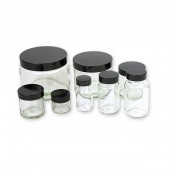
Squat & Powder Jars
Starting at: £0.75
-
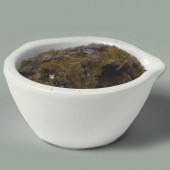
Clear Dewaxed Shellac
Starting at: £9.20
-
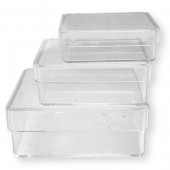
Transparent Containers
Starting at: £1.20
-
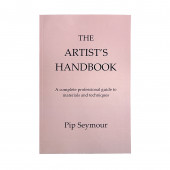
Artist's Handbook
£30.00 -
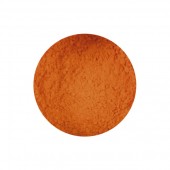
Lead Red Pigment (Minium)
Starting at: £7.30
Call to Order
-
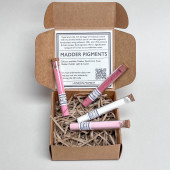
London Pigment, Madder Pigment Set
£40.00Call to Order
-
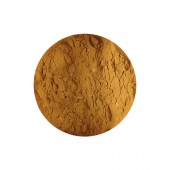
Realgar Pigment
Starting at: £12.75
Call to Order
-
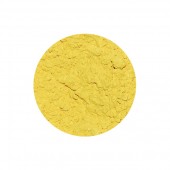
Litharge Pigment
Starting at: £8.00
Call to Order
-
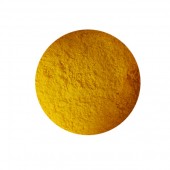
Orpiment Pigment
Starting at: £12.75
Call to Order
-
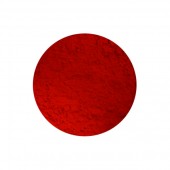
Cinnabar Pigment
Starting at: £16.00
Call to Order
-
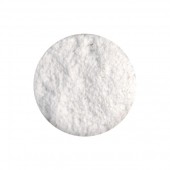
Flake White Pigment
Starting at: £18.75
Call to Order
-
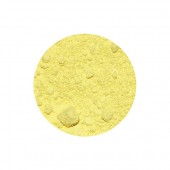
Lemon Yellow Pigment
Starting at: £7.00
Call to Order
-
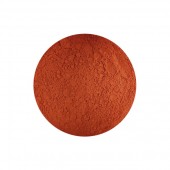
Vermilion Genuine Pigment
Starting at: £17.00
Call to Order
-
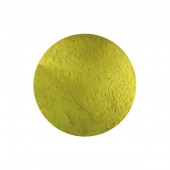
Lead Tin Yellow Light Pigment
Starting at: £4.80
Call to Order
-
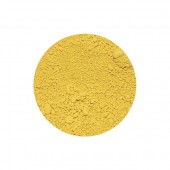
Naples Yellow Dark Pigment
Starting at: £7.40
Call to Order
-
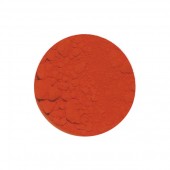
Chrome Yellow Orange Pigment
Starting at: £14.00
Call to Order
-
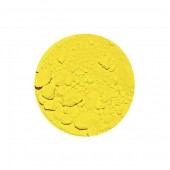
Chrome Yellow Light Pigment
Starting at: £10.00
Call to Order
-
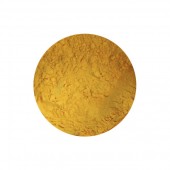
Lead Tin Yellow Dark Pigment
Starting at: £4.80
Call to Order





